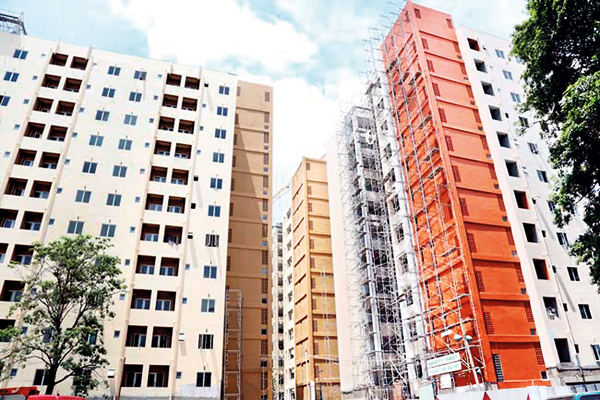13 Oct 2014 - {{hitsCtrl.values.hits}}
.jpg) ri Lanka is one of the least urbanized countries in the world. Sri Lanka’s low level of urbanization appears to be an exception for a middle-income country. Possible reasons for low urbanization include historical factors such as development of good social infrastructure around the country, as well as more recent trends such as rising property prices. Low urbanization also offers an opportunity to fast-track overall economic growth by encouraging faster urbanization and by promoting Colombo as a regional city. Sri Lanka can also tap growing global investor appetite for investing in opportunities around urbanization and emerging global cities.
ri Lanka is one of the least urbanized countries in the world. Sri Lanka’s low level of urbanization appears to be an exception for a middle-income country. Possible reasons for low urbanization include historical factors such as development of good social infrastructure around the country, as well as more recent trends such as rising property prices. Low urbanization also offers an opportunity to fast-track overall economic growth by encouraging faster urbanization and by promoting Colombo as a regional city. Sri Lanka can also tap growing global investor appetite for investing in opportunities around urbanization and emerging global cities. 
(1)(169).jpg)
(1)(169).jpg)
(1)(169).jpg)
(1)(169).jpg)
25 Nov 2024 31 minute ago
25 Nov 2024 43 minute ago
25 Nov 2024 45 minute ago
25 Nov 2024 46 minute ago
25 Nov 2024 54 minute ago